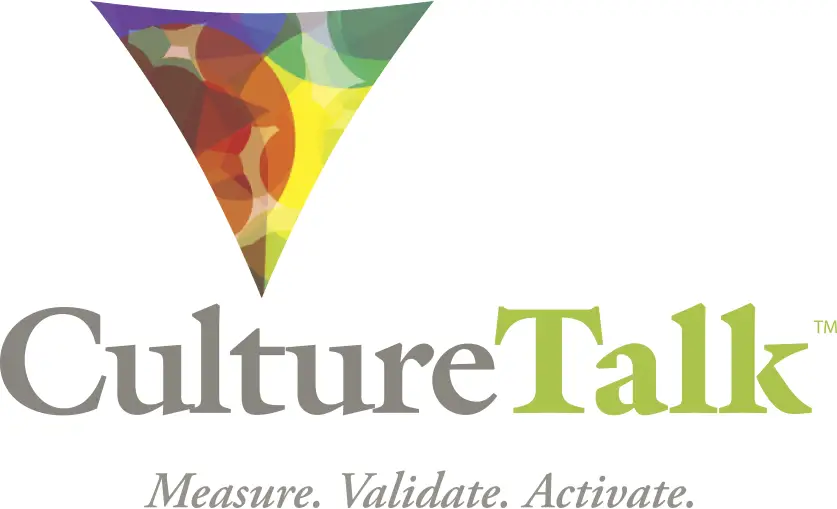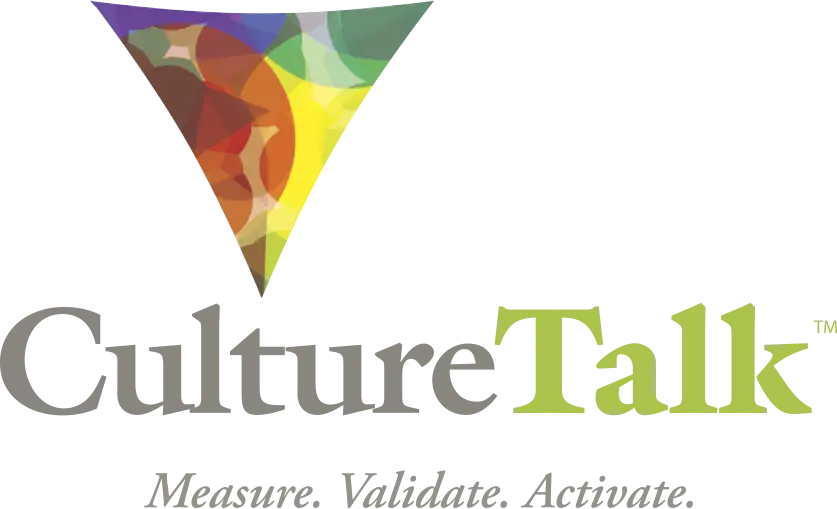
Your Professional Brand
Our professional brand is built carefully over time, becoming our business reputation in our industry. Instead of worrying about daily posting to the ever-downward spiral of social media, we step back and share our stories when it matters and where they can do the most good within our industry and community.














